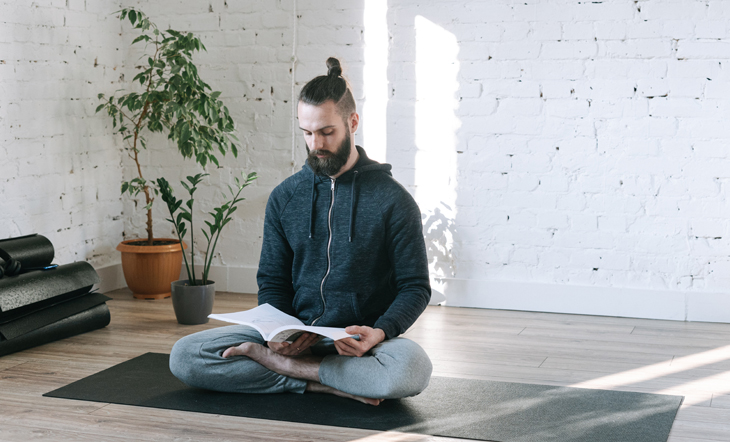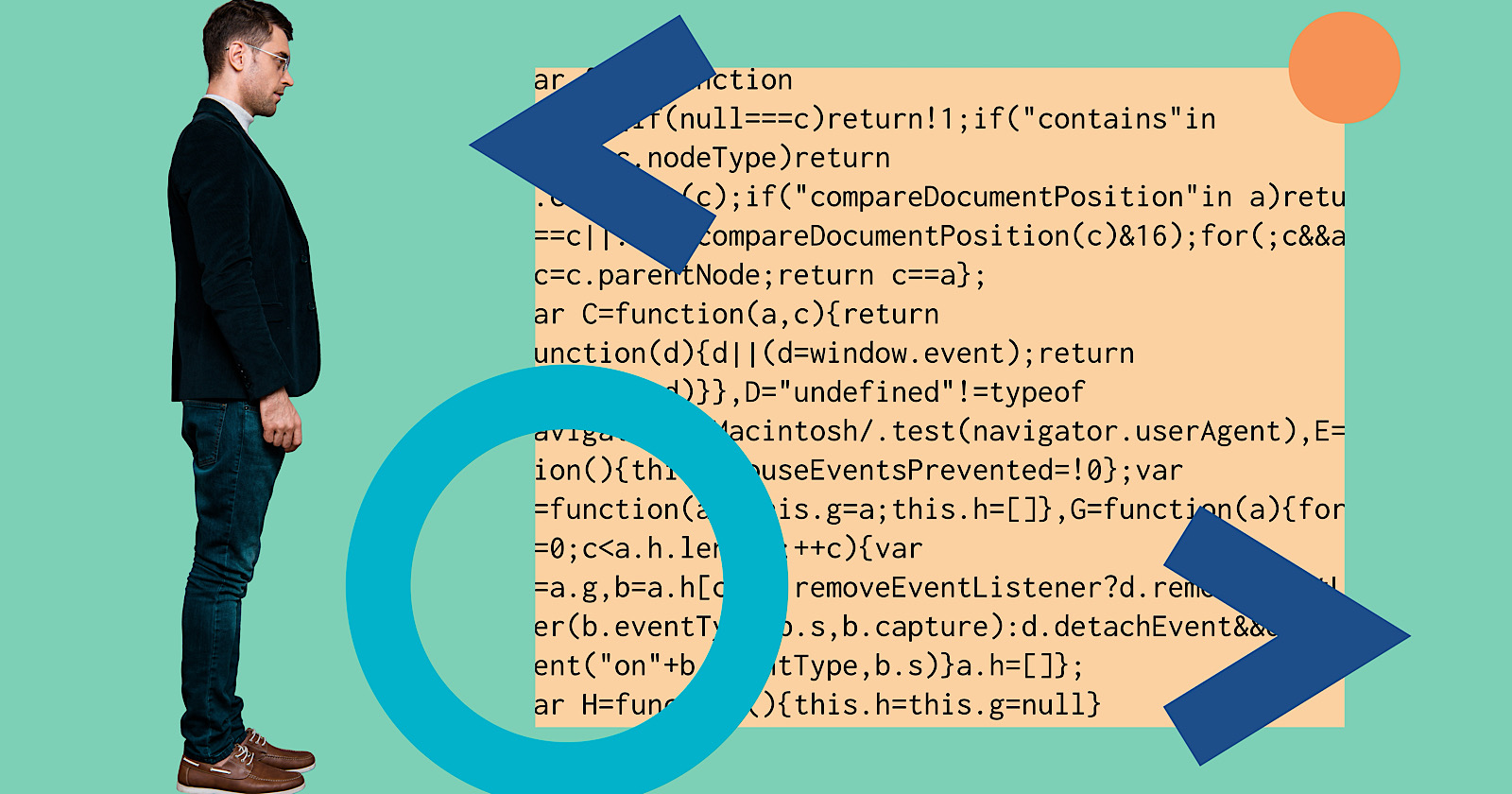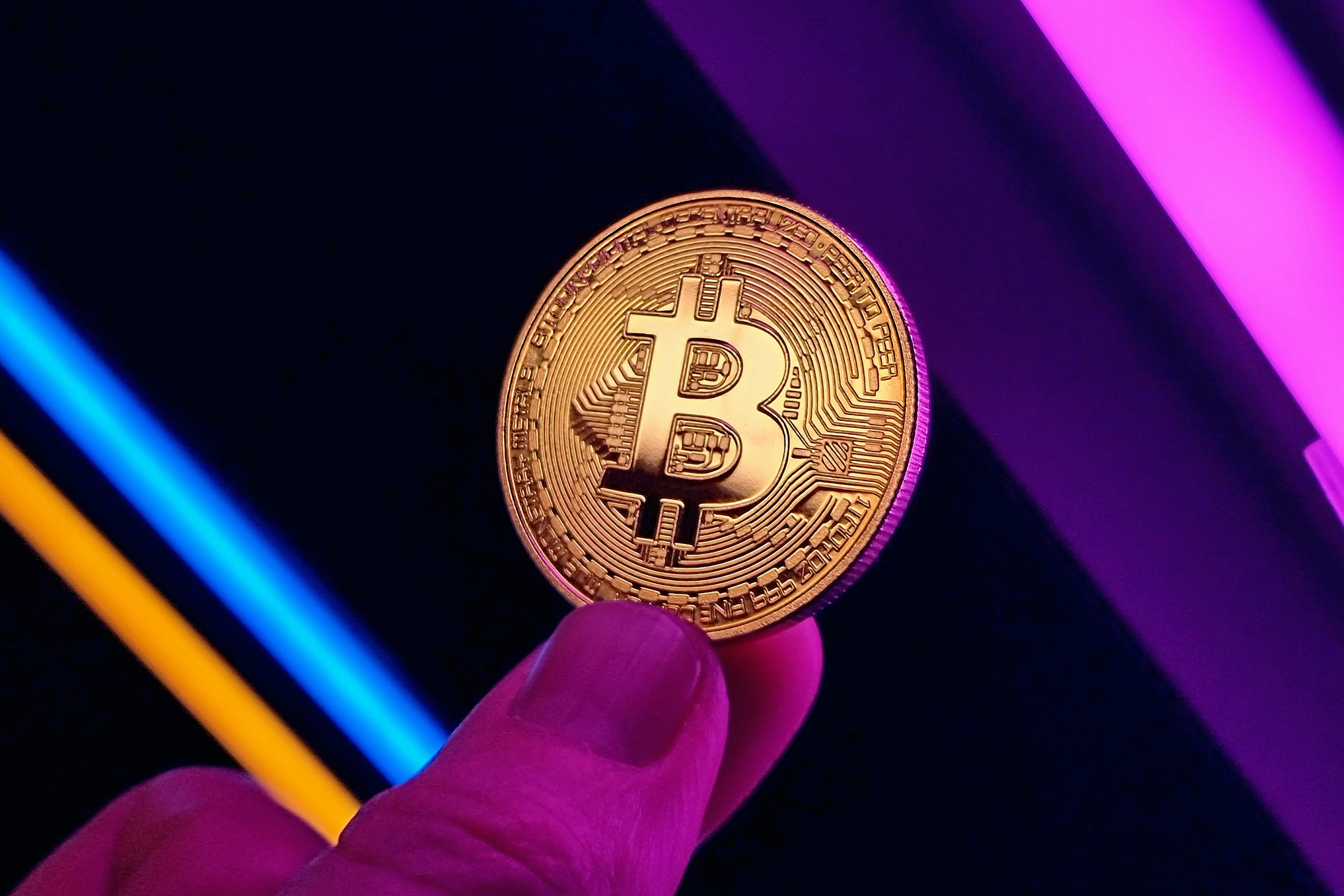Embracing Discomfort: The Surprising Path to a Meaningful Life
Discover how engaging in challenging yet meaningful activities can lead to a more fulfilling life. Psychologist Diana Hill shares six strategies to help you lean into discomfort, cultivate resilience, and expand your flexibility. The post Embracing Discomfort: The Surprising...

There are a lot of paradoxes in psychology—the harder you try to fall asleep, the less likely you will; the more you try to avoid thinking negative thoughts, the more likely they will pop into your head; and according to newer research, your greatest meaning in life can come from your greatest pains.
As a clinical psychologist specializing in Acceptance and Commitment Therapy (ACT), I’ve spent many therapy hours straddling the spaces of pain and meaning. As Steven Hayes, founder of ACT, shared with me on Your Life in Process Podcast, “You hurt where you care.”
Let’s try an experiment to illustrate this coupling. Consider the following activities: Go through the list below, mentally check off those that are both uncomfortable and meaningful.
Saying no to people, projects, and activities when your plate is full Resolving a conflict with a family member Listening with an open mind to someone who has a different political view than yours Waking up early to move your body, even when you are exhausted and it’s dark outside Completing a challenging workout, race, or other physical task Visiting a loved one in the hospital Staying at an event when you feel socially anxious Turning down a drink, food, or other substance at a social event when you know you have had enough Traveling with young kids Asking for time off from work to care for your mental healthWhich activities did you check? What else would you add? Where else in your life do you do difficult things that are also important to you? If you value caring for your body, you’ll need to face the discomfort of physical activity, and if you value self-respect you’ll need to say no even if it disappoints others.
A meaningful life is not a pain-free life
The more you engage in meaningful activities, the more likely you are to experience discomfort. If you love someone or something, you might know this by now. Not only is discomfort associated with purposeful activities like parenting, service work, owning a pet, and social justice, but experiencing pain can be pleasurable in its own right.
For example, hot yoga, deep tissue massage, eating spicy food, and running long distances can be enjoyable because, according to Paul Bloom, author of The Sweet Spot: The Pleasures of Suffering and the Search for Meaning, they create contrast, provide a break from self-rumination, and socially signal strength and competence.
Pain may also play an important role in our dopamine balance. Anne Lembke, the author of Dopamine Nation and chief of the Stanford Addiction Medicine Dual Diagnosis Clinic, shared with me that when we hyperstimulate pleasure centers of the brain with dopamine, we end up experiencing more dysphoria.
Our brain seeks homeostasis by upping our pain to balance out too much pleasure. Taking a “dopamine detox” and residing more on the pain side of the equation paradoxically resets our brain to experience pleasure more fully.
How to skillfully choose pain and meaning
As a therapist, I ask my clients to choose pain in the service of supporting what is most meaningful to them. Exposure therapy is at the foundation of some of the work I do, and much of it is based on the principle of moving toward pain to increase your “zone of flexibility.” With exposure, you flexibly welcome what is uncomfortable when it allows you to live a richer and fuller life.
Six strategies to expand your flexibility in the presence of discomfort
1. Focus on the power of choice.
Most mornings, I get up early to run, lift heavy things, or practice sitting in silence—all in the service of health and well-being. If someone were to force me to do any of these activities, I might feel misery. Having a choice is a powerful psychological tool. Choosing to experience pain instead of resisting it changes your relationship with it. You can even take on the mindset of choice with activities that feel “inflicted on you” by shifting your mindset to “yes brain,” as Dan Siegel calls it. Consider attending a social event: How would your relationship with the event shift if you changed your mindset to choosing to be there versus being “forced” to go? Choose to take a step toward what is uncomfortable, especially when what you care about is in the same direction.
2. Turn up the meaning dial.
When we are experiencing pain, we often are so engrossed in avoiding it or being overwhelmed by it we lose track of what’s important in the moment. . Imagine you have two dials—a pain dial and a meaning dial. When you turn the meaning dial, it automatically turns the pain dial. They are tethered! Should you turn down the meaning dial? Of course not. Instead, we can practice making space for discomfort while focusing on the meaning dial’s benefits. You may have greater distress tolerance and resilience when focused on meaning and purpose.
3. Stay grounded in the present.
Often the anticipation of pain can be worse than the pain itself! Our minds can tell us terrible stories about what is coming next. When choosing to enter an uncomfortable situation, stay in the present moment with the discomfort: Just this minute, just this moment. Present-moment focus helps free you from your mind’s doom and gloom about the pain that is to come. You do not need to tolerate future pain; you just need to accept the discomfort of this moment. Now, that is doable.
4. Physicalize your discomfort.
One way we try to control pain is to worry and ruminate. Physicializing is an effective practice to help you get out of your head and into the sensations of your body. When you notice a physical or emotional discomfort, try turning toward it in your body. How might you describe the discomfort’s shape, color, movement, or weight? By turning toward and observing your discomfort, you do three things: You give your mind a job other than ruminating and worrying; you develop an observer-self who can recognize you are not your pain even as you experience pain; and you befriend your discomfort. Pain is less scary when you welcome it.
5. Expand your perspective.
When your threat system is activated, you tend to get a narrowed focus on danger and negative stimuli. Instead of getting caught in tunnel vision, try taking perspective on your experience by zooming out a bit. When else have you done something hard that was meaningful? How did the discomfort change over time? You can also take perspective on the common humanity of discomfort. Building mastery, growing relationships, and learning new skills are uncomfortable for everyone. Remember that discomfort is part of the human experience.
6. Transcend yourself.
Another reason to choose pain is because it benefits more than just you. Acts of service–choosing to stand so an elder can sit, choosing to drive less so our planet can breathe, or chosing to speak up about injustice–can be uncomfortable. And choosing to practice compassion in relationships can be painful at times. When you choose pain in the service of compassion, you grow a more resilient, courageous mind and heart. No one is immune to suffering and our suffering is interconnected. Turning toward the suffering of others with the energy of compassion, understanding, and care is the greatest gift you can give to another being and to our planet.
Pain and discomfort are part of a well-lived life. Practice opening yourself to your full experience, and you may discover greater freedom.

 JaneWalter
JaneWalter 
































